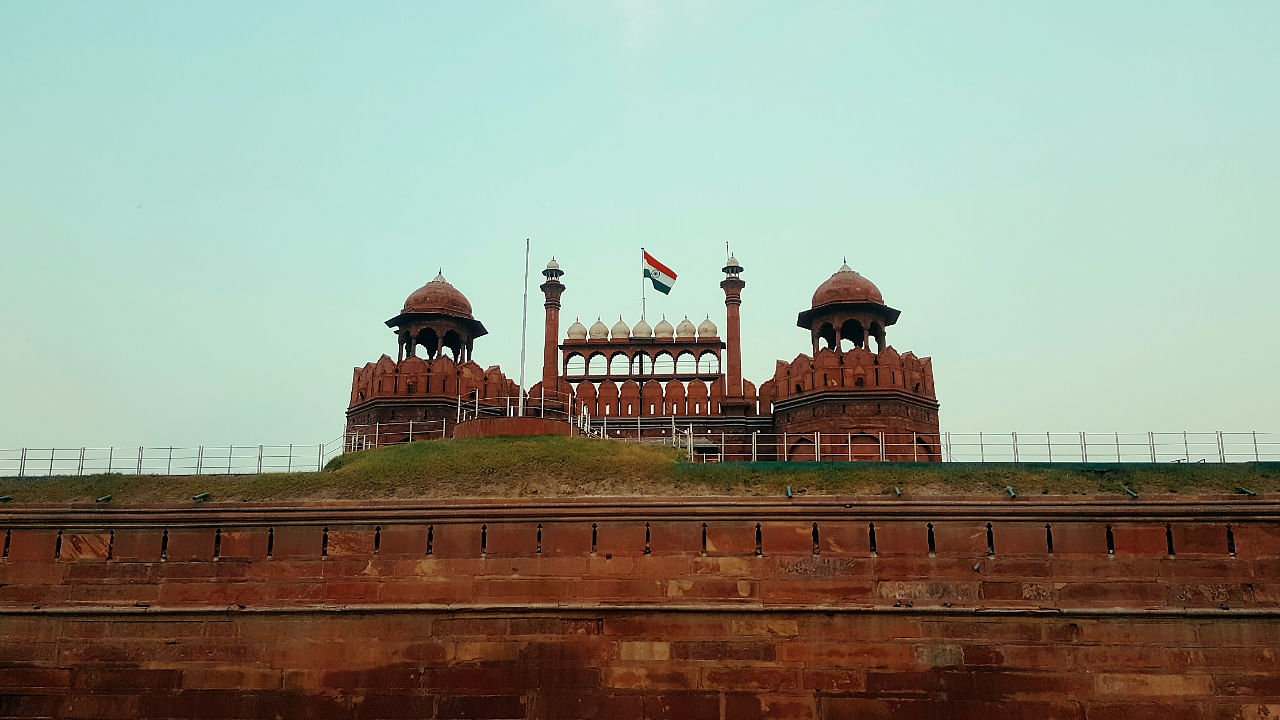
Every year on Independence Day, India awaits the Prime Minister’s speech from the ramparts of the historic Red Fort in Delhi.
The tradition of India’s PM delivering a speech to mark the occasion started when Jawaharlal Nehru delivered an iconic speech on the eve of India’s independence.
“Long years ago, we made a tryst with destiny; and now the time comes when we shall redeem our pledge, not wholly or in full measure, but very substantially. At the stroke of the midnight hour, when the world sleeps, India will awake to life and freedom,” Nehru told the Indian Constituent Assembly in the Parliament on August 14, close to the stroke of midnight.
Also Read | Is this India’s 75th or 76th Independence Day?
Since then, speeches by Indian PMs on Independence Day have been delivered from the Red Fort.
As India celebrates 'Azadi ka Amrit Mahotsav', we take a look at the significance of the PM’s speech and the Red Fort.
So, why does the PM deliver a speech on Independence Day?
The Independence day celebrations start with the Prime Minister of India hoisting the national flag on the Red Fort in Delhi. This is followed by a 21-gun salute and the singing of the national anthem.
As a part of the celebrations, the PM delivers an annual speech which is called 'Address to the Nation'.
What does the PM’s Independence day speech consist of?
In their 'Address to the Nation', the PM first highlights the past year’s achievements to mark the Independence of India by emphasising how far we have come as a nation.
While they are talking about the accomplishments of the country, they also discuss some key issues and their visions for development and progress.
Last but not the least, the PM discusses the struggles of the freedom fighters to remind us of their sacrifices because of which we are here today. They then pay tribute to the freedom fighters of India.
Why does the PM address the nation from the Red Fort?
The Red Fort has a long history of being entwined with the Indian freedom struggle. Built between 1639 and 1648, the Red Fort fell to the British after the capture of Delhi in 1803.
Also Read | How the Fourth Estate fought for India's freedom
However, during the Sepoy Mutiny of 1857, the Red Fort and its occupant, Bahadur Shah Zafar, became a powerful symbol of rebellion against the British.
After the rebellion was crushed, the British sacked the Red Fort, ordered the demolition of more than two-thirds of the fort’s structures, and subsequently converted it into a British garrison in a bid to transform the fort from a symbol of rebellion to a symbol of imperial power.
British efforts to turn the Red Fort into a symbol of imperial power continued over the years, culminating in a royal visit in 1911 when King George V and Queen Mary made an appearance from one of the balconies of the fort. Later, in 1945, the INA trials also took place in the Red Fort.
Subsequently, when India attained Independence in 1947, Prime Minister Nehru hoisted the Indian national flag from the ramparts of the Red Fort, shattering its image as a symbol of imperial dominance.
This tradition is continued even to this day, with both the PM’s address and the flag hoisting ceremony taking place in the iconic monument.